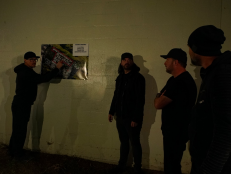How to Find, Hire and Tip an Adventure Guide
When going it alone isn't an option, hiring a guide familiar with the area and activity is a smart choice. But where to begin? Here are some tips for hiring a companion on your trip of a lifetime.


Zeb Blais
Guides are experts who help you safely navigate both mentally and physically toward your desired goals, whether it’s summiting Everest or learning how to properly hold a fly rod. They should offer you a level of instruction while at the same time keeping you safe and reassuring you that you’re progressing. The first step in hiring a guide is to decide where you want to explore and what kind of activity you want to do, and then honestly appraise your skill set. Want to climb Rainier but get winded running around the block? Maybe start smaller. Guides won’t imbue you with superpowers or carry you to the top. They will, however, share with you their years of experience that will help you jump far ahead from where you are currently. Guides are psychologists who know how to encourage their clients, deal with fear and panic, and help find the confidence to accomplish the goal at hand. With their proven tips and techniques, you’ll learn where to place your energy and how to avoid bad habits, making the sport more elegant and enjoyable for you and allowing you to push to new levels. They’re aware of situations you haven’t even thought of, and are able to show you how they think many moves ahead to make the experience easier and safer. Everyone wants to make the summit or land a trophy, but when hiring a guide, your first interest should be in learning the process from someone willing to take the time to show you.
Know Thyself
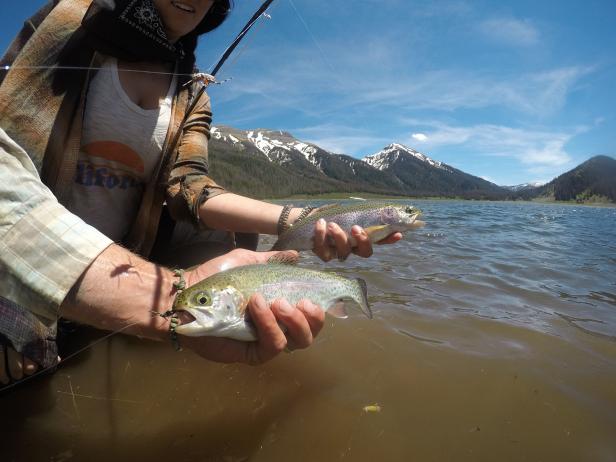
Kai Dunbar
It’s important to accurately convey your skill level to potential guides so that they can design a trip and experience that will challenge you and help you improve without making for a miserable – and possibly dangerous – situation. Once you’ve reached out to a potential guide, be prepared to give an example of what you can do. Perhaps you’re fairly comfortable with top-rope climbing, but are ready to try technical climbing. You can adequately ski black runs and are ready to try skiing the backcountry. You grew up fishing and are ready to try a fly rod. You run marathons but don’t have the first idea about how to hike across a glacier. You have an interest in mountain biking but have never done it, and want to try it out before investing in a new bike. Whatever your skill level, an experienced guide can use these baselines to mentally place you in situations and begin developing an itinerary that will give you what you want in terms of a new experience without getting you in over your head or holding a group back. Avoid the temptation to over or undersell yourself. It’s not about impressing your guide, it’s about being honest with yourself and him or her to craft an experience that you’ll enjoy and learn from. Also, know generally what you want to learn and what you want to accomplish before reaching out to a guide, even if it’s just how to properly put in a climbing harness or land a fish. A good guide will take this information and make sure you have a good time while knowing how far to push you.
What to Expect From a Guide

Ryan Kelly
Finding a guide is easier than ever thanks to online resources, but there’s no substitute for calling up local shops and asking for a recommendation. Online reviews can be helpful, but carefully read any negative reviews to see where the problem was. The guide got lost driving to the river? OK, not so good. The weather turned nasty and the guide decided to descend before summiting? That’s just being safe. It varies from state to state, but a good guide should carry insurance and have proper permits and licensing for running a business and operating on public lands. Years in business is important, but don’t discount new guides who have been honing their sport for years privately. Organizations such as the American Mountain Guides Association, Professional Climbing Guides Institute and International Federated Mountain Guides Associations are great credentials to look for in climbing, alpine and ski guides, especially on big, technical expeditions that can turn dangerous quickly. For mountain biking, Professional Mountain Bike Instructors Association and International Mountain Bicycling Association Instructor Certificate completion is good to see. Scuba guides should be PADI certified dive masters. For fly fishing guides, accreditation through a program such as the Colorado Outdoor Adventure Guide School is reassuring, but guides whose only credentials are that they’ve been fishing their rivers or riding their trails since they were just kids should never be overlooked. Regardless of training, all guides should know CPR and have some level of first-aid training.
Cantankerous, crusty guides make for good stories, but often can be hard to actually learn from. Guides first and foremost are teachers, and teaching styles vary, as do how students learn. But if a guide can’t patiently and clearly show a client helpful techniques, then they aren’t guiding. You want to pay someone to teach you, not to go fishing. “Speak with your potential guide on the phone to make sure there’s a rapport,” says renowned alpine guide Ben Clark. “There are a lot of excellent guides out there, but you won’t mesh with every one, and that’s OK. It’s better to get a feeling at first then to be out on a mountain and realize there’s no compatibility. You need to feel comfortable with your guide.”
“Higher prices don't mean higher quality,” says Ryan Kelly, who guides fly fishing trips on the Green River below Flaming Gorge Dam in Utah. “I have always found this strange in the guide world. The worst guides cost the same amount as the great ones. Ask for the most requested guide on the staff or who is quickly building their clientele.”
What’s Expected of Clients

Zeb Blais
Clients are expected to take the experience seriously. It’s not just the guide’s income, but it’s their passion and way of life. Clients should be receptive about what is being taught to them, even if they disagree with a particular technique; give it a chance, even if it’s not working at first. They should ask what gear they’re responsible for, and what if any will be provided. They should get a good’s night sleep before, and show up on time ready to work and learn. Both guides and clients should keep an eye on the weather forecast, dress accordingly and be prepared. Provisions such as food and water should be discussed beforehand, and clients should be prepared if provisions aren’t covered. While it’s OK for a client to let a guide know if they’re uncomfortable, whining doesn’t do a thing. And if a client is being pushed beyond their limits, they should say something before a situation becomes dangerous. The guide will either dial the activity back, or reassure the client that they’re safe and that they can handle this new situation. Either way, it’s important for a guide to know where his or her client’s head is at, and communication is safety. At the end of a guided trip, it's customary for the client to tip 20 percent of the cost of the outing. It's not unheard of for clients to tip 50 percent or more for an exceptional experience, such as catching the fish of a lifetime. If there are multiple guides on the trip, tips are typically divided equally.
Remember, It’s About Having Fun Doing New Things
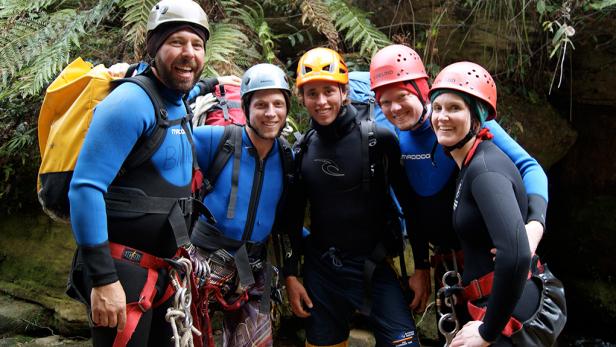
Ultimately, guides make their living doing something they love, and clients pay for the chance to experience something they love. From learning how to make a good fly rod cast to completing a 5.12 route or summiting a glacier-covered mountain, it’s passion that drives both guides and clients to do what they do, no matter the outcome of the adventure. With the right guide, a missed fish or mountain top can still be a rewarding, educational experience. “A good guide should give you all the basic tools you need during your time together so that you can then be able to go out and apply that knowledge on your own,” says Kai Dunbar, who with his wife, Missy operate The Laughing Trout fly fishing guide service in Red River, New Mexico. “You hire a guide to learn.” But, Dunbar adds, clients need to feel like they’ve had a good time. "While you're learning you need to be having fun. Ultimately you're doing this for enjoyment, not because you have to, and it should be an experience that you look back on fondly for a long, long time."
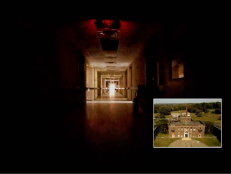
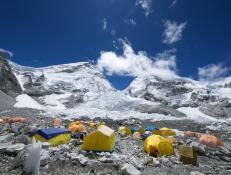
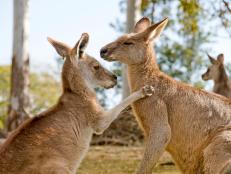
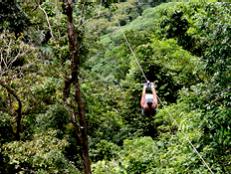
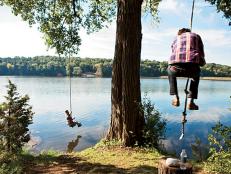
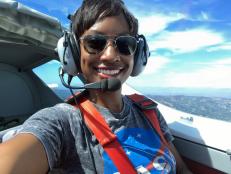
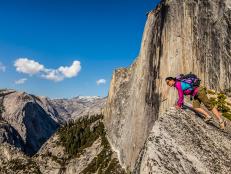
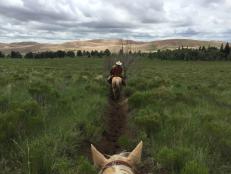











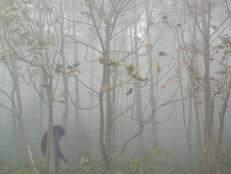






.jpg.rend.hgtvcom.231.174.suffix/1674758726773.jpeg)









